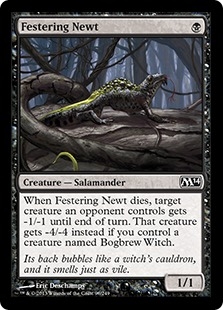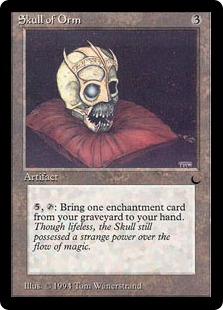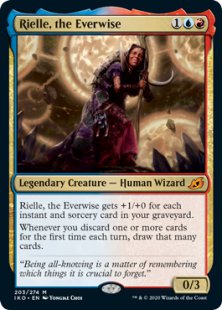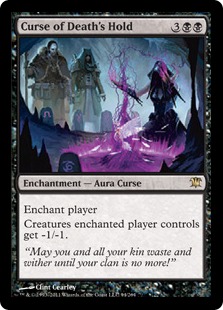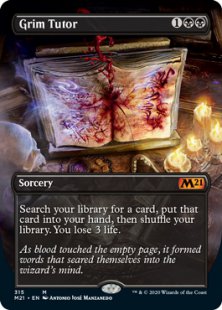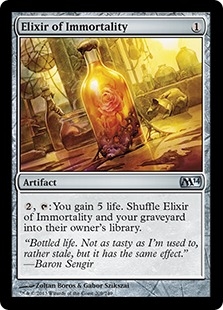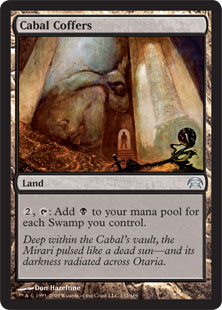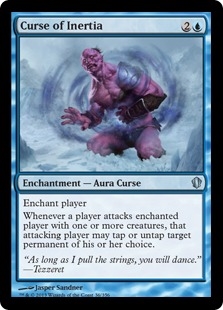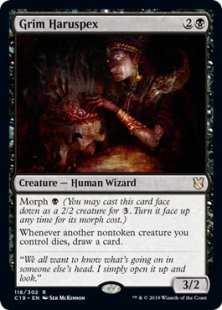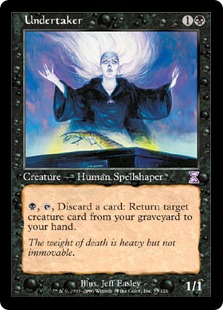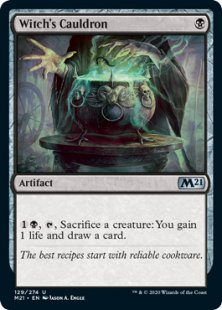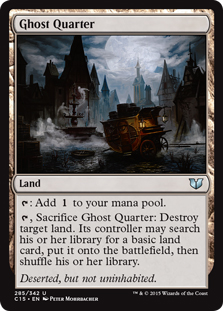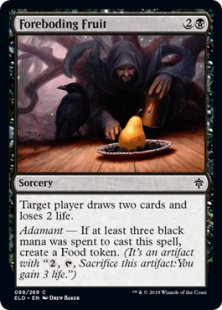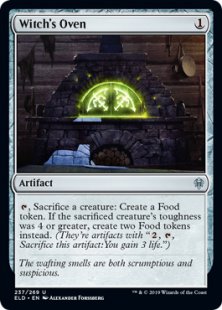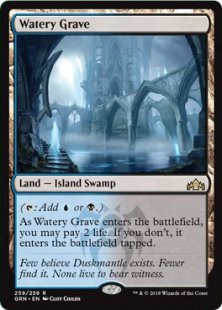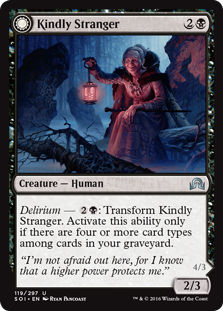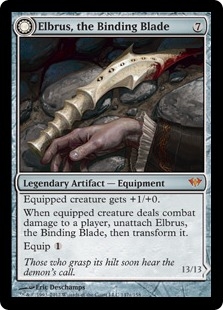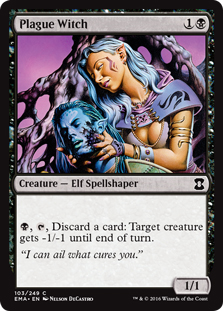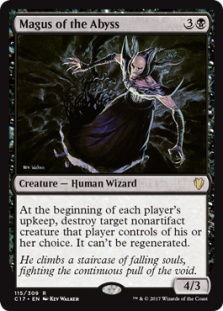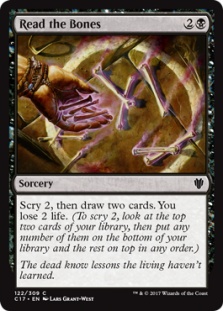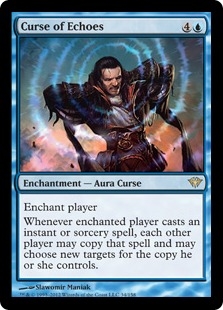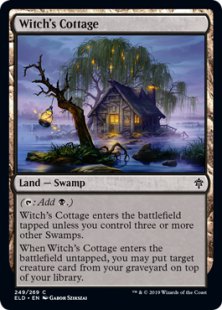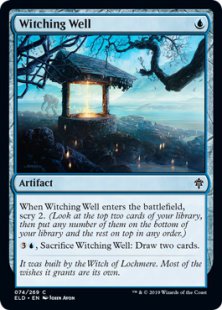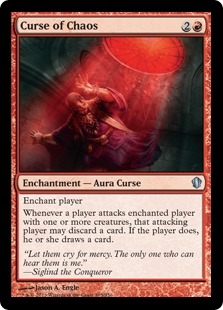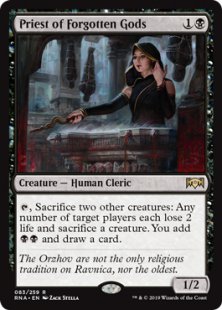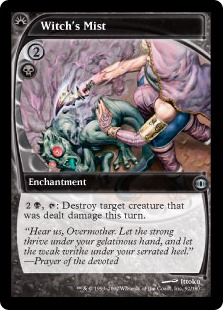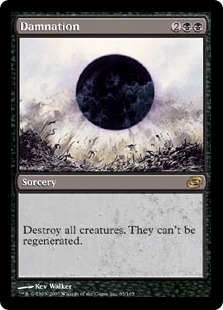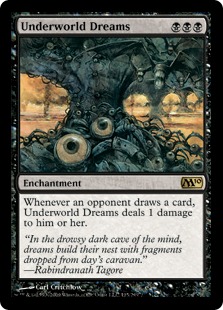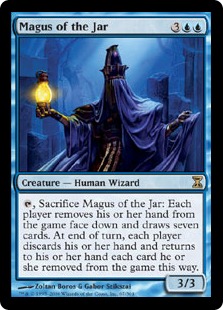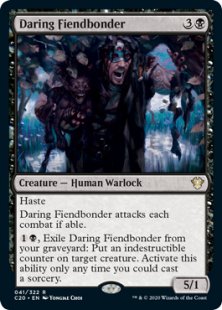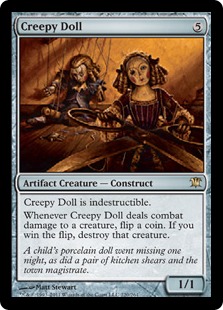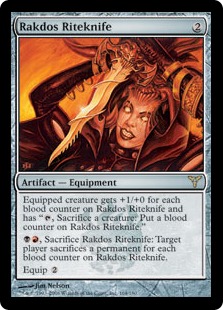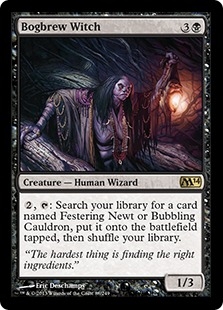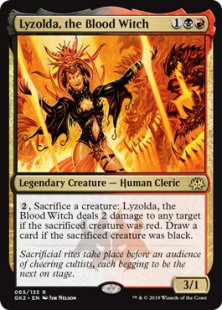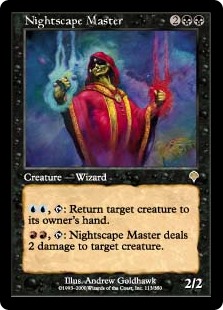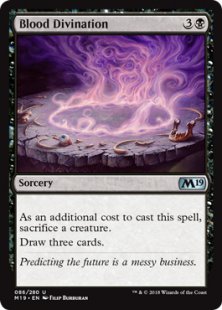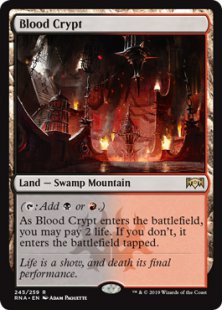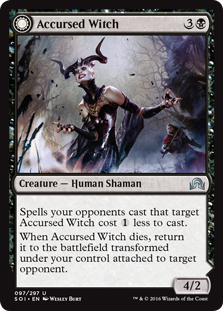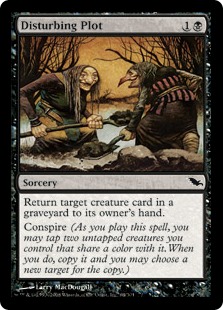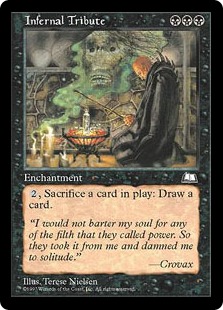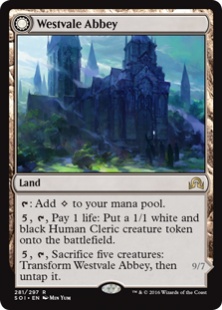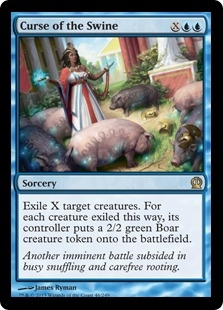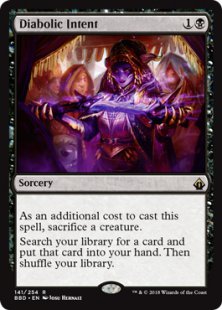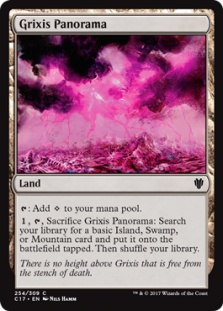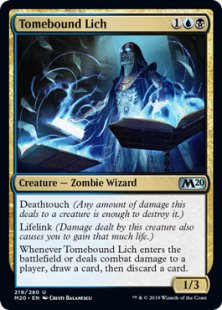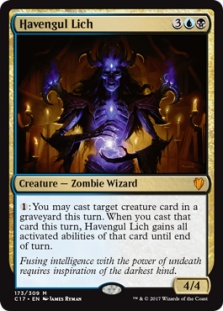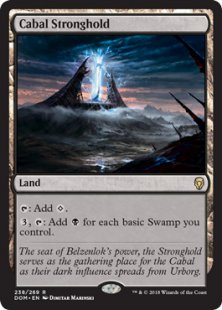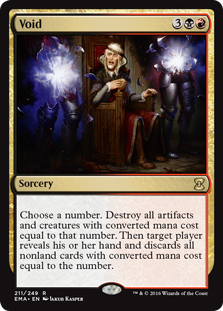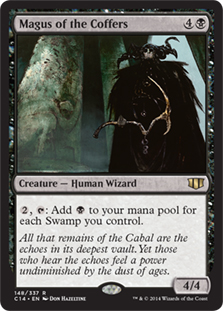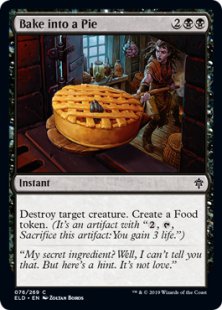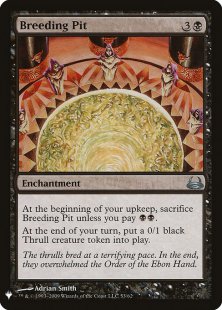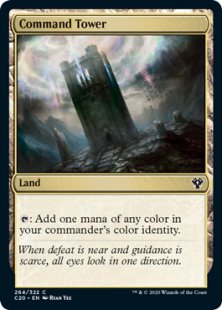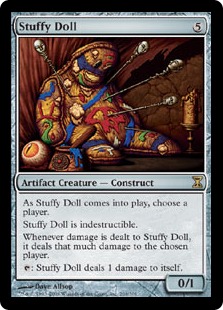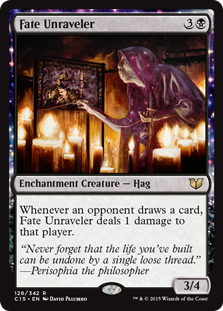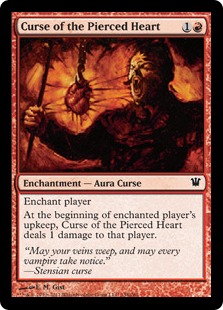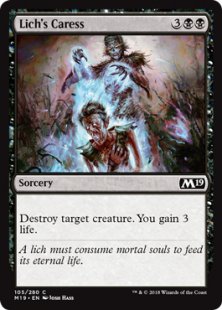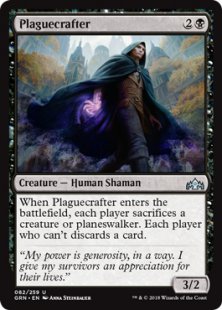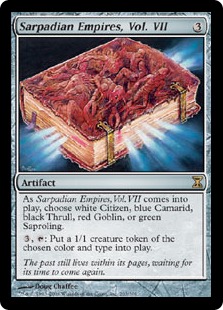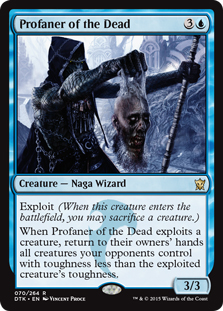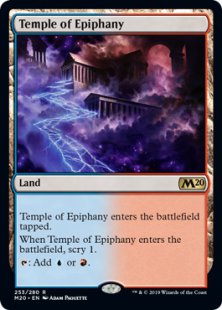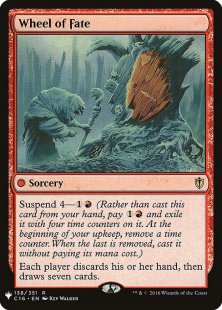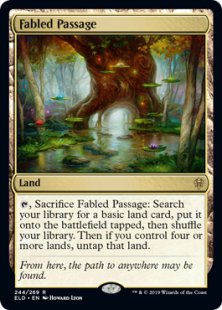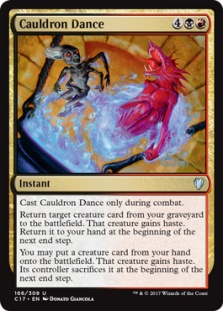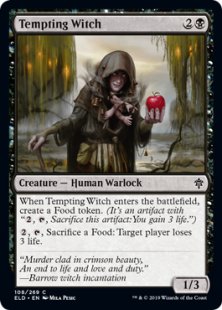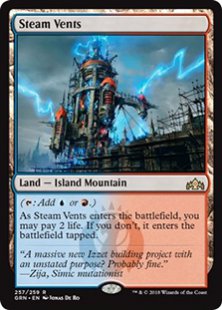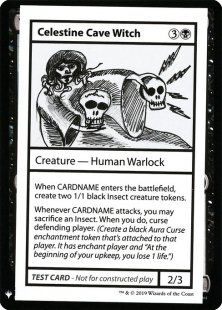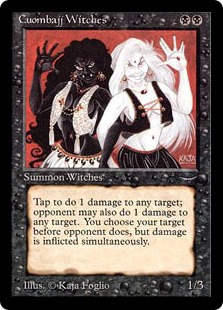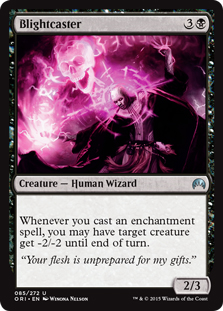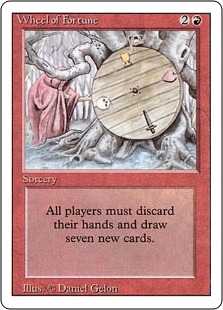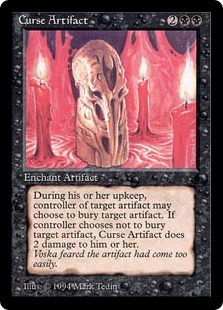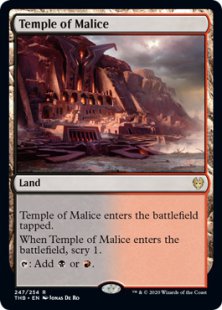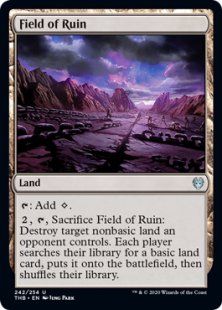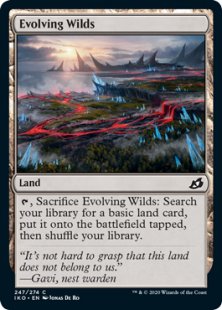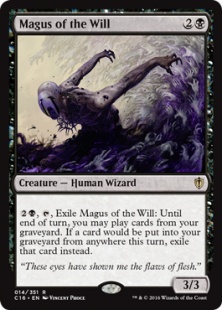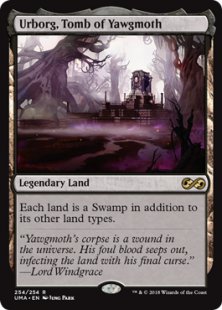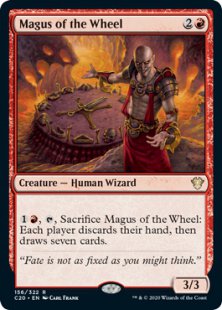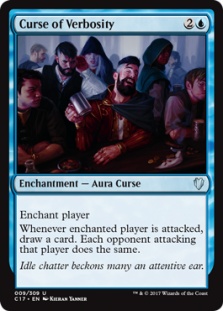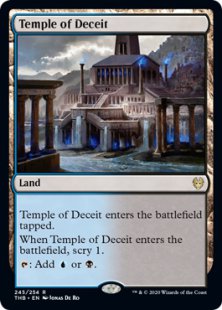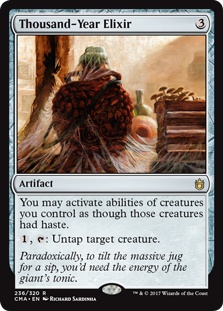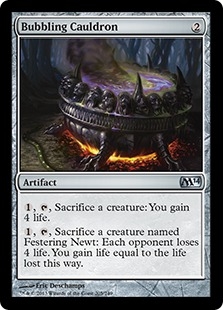Fijn dat je er bent!
Om de ervaring op onze website zo magisch mogelijk te maken voor je, gebruiken we cookies. Deze worden ingezet voor digitale veiligheid en om je producten te tonen die aansluiten bij jouw interesses.
- Gratis verzending NL vanaf € 50
- Vandaag besteld? Morgen in huis*
- Beoordeeld met een 9.2
Witchcraft
Bijgewerkt door Jupiter 1 jaar geleden
- Command Zone (1)
- 1x Inalla, Archmage Ritualist
- Creature (29)
- 1x Accursed Witch
- 1x Bitterheart Witch
- 1x Blightcaster
- 1x Bogbrew Witch
- 1x Celestine Cave Witch
- 1x Creepy Doll
- 1x Cuombajj Witches
- 1x Daring Fiendbonder
- 1x Fate Unraveler
- 1x Festering Newt
- 1x Grim Haruspex
- 1x Havengul Lich
- 1x Kindly Stranger
- 1x Lyzolda, the Blood Witch
- 1x Magus of the Abyss
- 1x Magus of the Coffers
- 1x Magus of the Jar
- 1x Magus of the Wheel
- 1x Magus of the Will
- 1x Nightscape Master
- 1x Plague Witch
- 1x Plaguecrafter
- 1x Priest of Forgotten Gods
- 1x Profaner of the Dead
- 1x Rielle, the Everwise
- 1x Stuffy Doll
- 1x Tempting Witch
- 1x Tomebound Lich
- 1x Undertaker
- Instant (2)
- 1x Bake into a Pie
- 1x Cauldron Dance
- Sorcery (14)
- 1x Beacon of Unrest
- 1x Blood Divination
- 1x Curse of the Swine
- 1x Damnation
- 1x Diabolic Intent
- 1x Disturbing Plot
- 1x Foreboding Fruit
- 1x Grim Tutor
- 1x Hex
- 1x Lich's Caress
- 1x Read the Bones
- 1x Void
- 1x Wheel of Fate
- 1x Wheel of Fortune
- Artifact (10)
- 1x Bubbling Cauldron
- 1x Elbrus, the Binding Blade
- 1x Elixir of Immortality
- 1x Rakdos Riteknife
- 1x Sarpadian Empires, Vol. VII
- 1x Skull of Orm
- 1x Thousand-Year Elixir
- 1x Witch's Cauldron
- 1x Witch's Oven
- 1x Witching Well
- Enchantment (11)
- 1x Breeding Pit
- 1x Curse Artifact
- 1x Curse of Chaos
- 1x Curse of Death's Hold
- 1x Curse of Echoes
- 1x Curse of Inertia
- 1x Curse of the Pierced Heart
- 1x Curse of Verbosity
- 1x Infernal Tribute
- 1x Underworld Dreams
- 1x Witch's Mist
- Land (34)
- 1x Blood Crypt
- 1x Cabal Coffers
- 1x Cabal Stronghold
- 1x Command Tower
- 1x Evolving Wilds
- 1x Fabled Passage
- 1x Field of Ruin
- 1x Ghost Quarter
- 1x Grixis Panorama
- 3x Island
- 2x Mountain
- 1x Steam Vents
- 12x Swamp
- 1x Temple of Deceit
- 1x Temple of Epiphany
- 1x Temple of Malice
- 1x Urborg, Tomb of Yawgmoth
- 1x Watery Grave
- 1x Westvale Abbey
- 1x Witch's Cottage
- Sideboard (16)
- 1x Bog Witch
- 1x Cackling Witch
- 1x Conceited Witch
- 1x Endrek Sahr, Master Breeder
- 1x Gumdrop Poisoner
- 1x Kels, Fight Fixer
- 1x Lynde, Cheerful Tormentor
- 1x Magus of the Mind
- 1x Misfortune Teller
- 1x Witch of the Moors
- 1x Cauldron's Gift
- 1x Witch's Vengeance
- 1x Profane Memento
- 1x The Cauldron of Eternity
- 1x The Witch's Vanity
- 1x Waste Not
- Voorgestelde tokens (29)
- 4x Food token
- 1x Thrull token
- 2x On an Adventure Card
- 2x Wicked Role token // Cursed Role token
- 1x Boar token
- 9x Thrull token
- 1x Morph reminder card
- 2x Food token
- 1x Rogue token
- 1x Treasure token
- 1x Citizen token
- 1x Goblin token
- 1x Saproling token
- 1x Zombie token
- 1x Human Cleric token
Decklijst
- Commander
- 117 kaarten totaal
- € 746,20
- Decklijst in winkelmand
Voorgestelde tokens
- 29 tokens in totaal
- € 30,30
- Tokens in winkelmand
Omschrijving
Wiki WItches:
Spell casting
See also: Magic (supernatural)
Probably the most widely known characteristic of a witch was the ability to cast a spell, "spell" being the word used to signify the means employed to carry out a magical action. A spell could consist of a set of words, a formula or verse, or a ritual action, or any combination of these.[25] Spells traditionally were cast by many methods, such as by the inscription of runes or sigils on an object to give that object magical powers; by the immolation or binding of a wax or clay image (poppet) of a person to affect them magically; by the recitation of incantations; by the performance of physical rituals; by the employment of magical herbs as amulets or potions; by gazing at mirrors, swords or other specula (scrying) for purposes of divination; and by many other means.[26][27][28]
Demonology
Main article: Demonology
In Christianity and Islam[citation needed], sorcery came to be associated with heresy and apostasy and to be viewed as evil. Among the Catholics, Protestants, and secular leadership of the European Late Medieval/Early Modern period, fears about witchcraft rose to fever pitch and sometimes led to large-scale witch-hunts. The key century was the fifteenth, which saw a dramatic rise in awareness and terror of witchcraft, culminating in the publication of the Malleus Maleficarum but prepared by such fanatical popular preachers as Bernardino of Siena.[33] In total, tens or hundreds of thousands of people were executed, and others were imprisoned, tortured, banished, and had lands and possessions confiscated. The majority of those accused were women, though in some regions the majority were men.[34][35] In early modern Scots, the word warlock came to be used as the male equivalent of witch (which can be male or female, but is used predominantly for females).[36][37][38]
The Malleus Maleficarum, (Latin for "Hammer of The Witches"![]() was a witch-hunting manual written in 1486 by two German monks, Heinrich Kramer and Jacob Sprenger. It was used by both Catholics and Protestants[39] for several hundred years, outlining how to identify a witch, what makes a woman more likely than a man to be a witch, how to put a witch on trial, and how to punish a witch. The book defines a witch as evil and typically female. The book became the handbook for secular courts throughout Renaissance Europe, but was not used by the Inquisition, which even cautioned against relying on the work.[40]
was a witch-hunting manual written in 1486 by two German monks, Heinrich Kramer and Jacob Sprenger. It was used by both Catholics and Protestants[39] for several hundred years, outlining how to identify a witch, what makes a woman more likely than a man to be a witch, how to put a witch on trial, and how to punish a witch. The book defines a witch as evil and typically female. The book became the handbook for secular courts throughout Renaissance Europe, but was not used by the Inquisition, which even cautioned against relying on the work.[40]
Mana curve
Kaarttype verdeling
Mana symbolen
Willekeurige hand
Commentaar op Witchcraft
Om te reageren op Witchcraft dien je eerst in te loggen.
Gijsneus
4 jaren geleden
1 - 1 van 1









 Nederlands ▾
Nederlands ▾ English
English